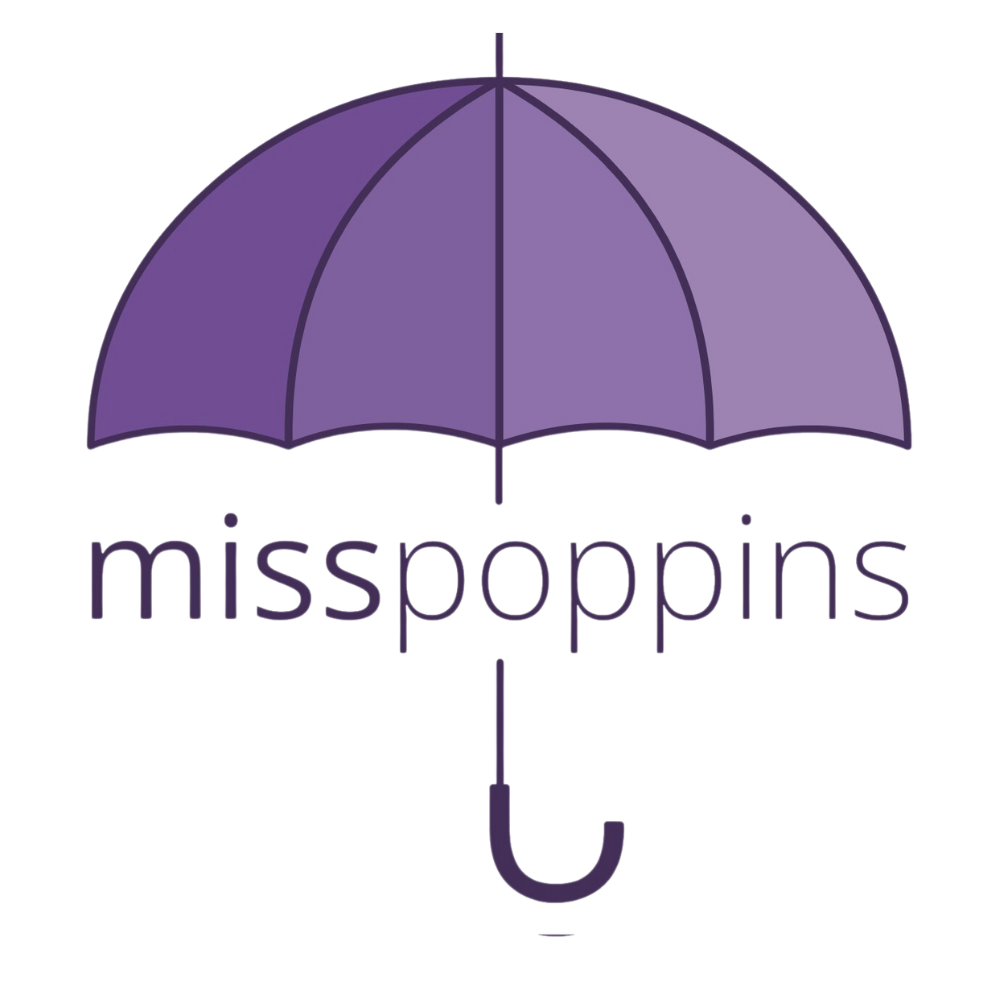Chocking Hazards: Preparation Tips
Some foods from the Choking Hazards List can be modified and made safe for those under age 4 to eat. Follow these guidelines for preparing foods in bold on the Choking Hazards List:
Quarter small round foods such as grapes, olives, and tomatoes. Also, serve seedless and pitted
Hard fruits and veggies such as apples, pears, carrots, and celery can be peeled (if applicable) and cooked until soft enough to mash with a fork. Shredding might also work for hard fruits; you can mix shredded apple into oatmeal or yogurt for added texture.
Hotdogs - remove the skin, slice lengthwise, and then cut into small pieces.
Peanut butter and other nut butters, only use the smooth varieties, NOT the chunky kinds, and spread a thin layer on toast or onto a piece of fruit.
String Cheese - pull apart into thin strips and cut into smaller pieces as needed.
Hard cheeses (such as parmesan) can be shredded or grated. Cut Medium cheeses (cheddar, Colby) into thin strips or small bite-sized pieces
Meats - serve only tender meats to infants and toddlers. Remove skin and, in most cases, remove meat from bones. Baby-led weaning guidelines advise index finger-sized pieces of meat for infants aged 6 to 8 months. Bite-sized pieces work well for infants with a pincer grasp.
Meat that is too dry can become a choking hazard. Meat with some fat throughout is usually more tender and juicy than very lean meats. For example, chicken thighs might be safer for babies to eat than boneless skinless chicken breasts.
ADDITIONAL TIPS TO PREVENT CHOKING
Always watch your baby closely during mealtime. Avoid distractions for both the caregiver and the baby.
Check for food pocketed in your baby’s mouth, make sure they swallow food.
Designate a safe chair/high chair for your baby to eat in.
Do not feed or let your baby eat while walking or running.
Never offer your baby any food in the car while driving.
Learn what to do if your baby chokes
CALL 911 (U.S. Residents) IMMEDIATELY at the first sign of choking.
If Necessary, Begin CPR/CHOKING RESCUE TREATMENT

